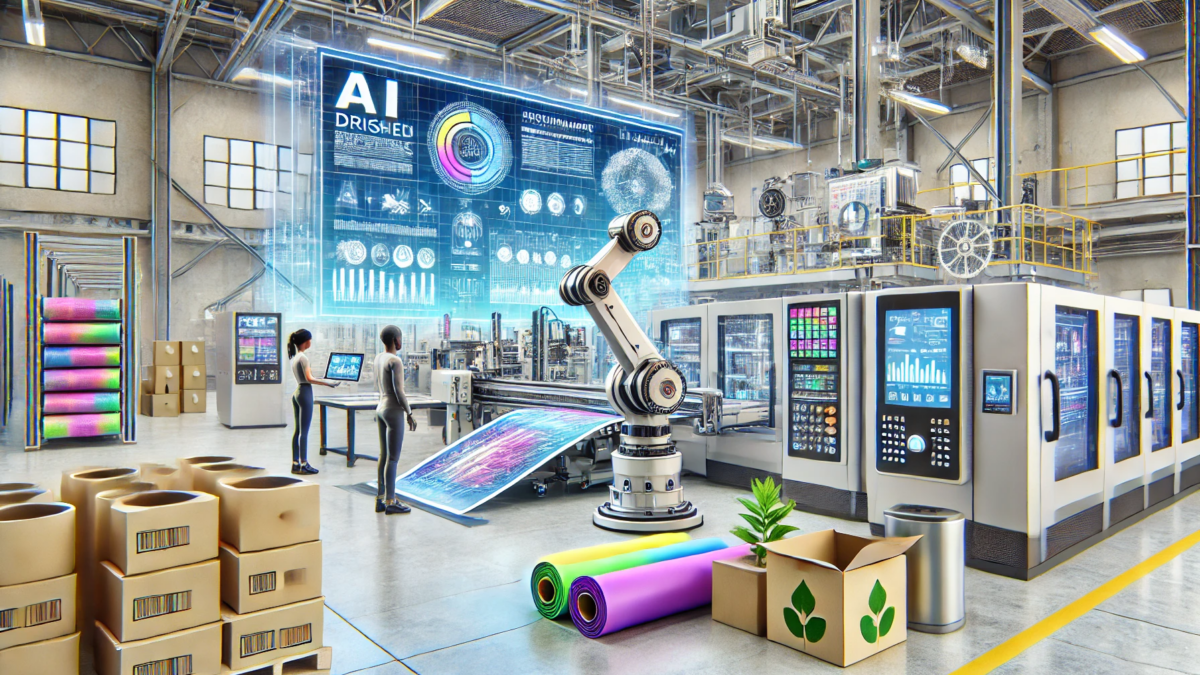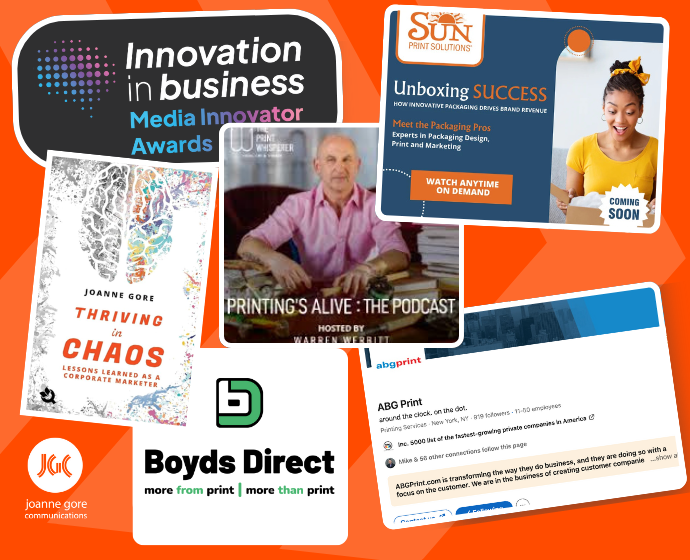2025 Predictions: Trends Dominating Conversations in the Print Industry
As the print industry navigates the ever-evolving landscape of technological advancements, workforce dynamics, and sustainability initiatives, 2025 is poised to be a transformative year. Here’s an in-depth look at six key trends that will shape conversations across the sector, offering challenges and opportunities for businesses ready to adapt.
1. Automation Will Continue to Be a Hot Topic
Automation remains a cornerstone of innovation in the print industry. With growing demands for faster turnaround times, cost efficiency, and reduced errors, automation is no longer optional—it’s essential.
The industry has already seen significant strides in automated workflows, from job submission to finishing. The next frontier is full integration, where systems communicate seamlessly across departments. For instance, Print MIS (Management Information Systems) tools are increasingly being paired with robotics, enabling printers to manage orders, schedule production, and monitor supply chains with minimal human intervention.
A recent study by Keypoint Intelligence revealed that over 70% of print service providers plan to increase their investment in automation within the next two years. As the pressure to deliver more with fewer resources grows, expect to see wider adoption of AI-driven automation tools that can adapt dynamically to changing conditions, such as fluctuating order volumes or last-minute design changes.
2. AI Will Influence Every Aspect of the Industry
Artificial intelligence is not just a tool for operational efficiency—it’s becoming the backbone of how businesses in the print industry operate, both internally and externally.
In the front office, AI is transforming sales and marketing. Predictive analytics help businesses identify customer needs and anticipate trends, while AI-powered chatbots provide instant customer support, ensuring 24/7 engagement. Marketing campaigns are becoming more data-driven, with tools like HubSpot and LinkedIn Sales Navigator offering hyper-personalized targeting and actionable insights.
On the production floor, AI is enhancing predictive maintenance, reducing downtime, and optimizing resource allocation. Designers, too, are benefiting from AI-driven creativity, with tools like Adobe Firefly enabling faster, smarter content creation.
Beyond production, AI is streamlining logistics and supply chain management. Advanced algorithms can predict shipping delays, optimize routes, and reduce costs, ensuring that products reach customers on time and with fewer errors and higher profit margins. In 2025, the focus will be on how AI can further integrate these systems, creating a seamless, intelligent workflow from concept to delivery.
3. Labels and Packaging: A Growth Driver
The labels and packaging sector remains the fastest-growing segment of the print industry, fuelled by the rise of e-commerce and consumer demand for personalized, sustainable packaging.
Digital printing has opened new doors for brands to experiment with custom designs, short-run jobs, and faster prototyping. This is particularly important in packaging, where first impressions matter. Research from Smithers shows that the global packaging print market is projected to grow at a compound annual growth rate (CAGR) of 3.6%, reaching $604.0 billion by 2029.
Sustainability is at the heart of this growth. Brands are under increasing pressure to adopt eco-friendly practices, and printers are stepping up to the plate with innovative solutions. Compostable materials, recyclable substrates, and water-based inks are becoming the norm, and printers who position themselves as sustainability partners will have a competitive edge.
4. Sustainability Will Shape Strategy and Innovation
Consumers are demanding it, governments are regulating it, and businesses are adopting it—not just as a compliance measure but as a core value. For the print industry, this means adopting sustainable practices at every level. Printers are exploring alternative energy sources, such as solar and wind, to power their operations. Carbon offset programs are becoming more prevalent, and many companies are rethinking their supply chains to minimize environmental impact.
In 2025, we’ll see more investment in closed-loop recycling systems, where waste materials are repurposed into new products. Digital printing will also play a significant role in reducing overproduction and inventory waste, allowing for just-in-time manufacturing.
Organizations that commit to sustainability will not only attract eco-conscious clients but also build long-term resilience in a world where environmental responsibility is increasingly tied to profitability.
5. Addressing Labour Shortages and the Exiting Workforce
The print industry is grappling with a significant labour shortage as experienced professionals retire and younger talent is drawn to other fields. According to the Printing Industries of America, the workforce has shrunk by 25% in the past decade, and this trend shows no signs of slowing.
To combat this, businesses are turning to a combination of automation and upskilling. Automated systems are taking over repetitive tasks, allowing human workers to focus on strategic, high-value activities. At the same time, companies are investing in training programs to equip employees with the skills needed to operate advanced machinery and software.
Attracting new talent will also require a cultural shift. Flexible work environments, competitive salaries, and clear career pathways will be essential for enticing younger generations. Additionally, partnerships with trade schools and universities can help create a pipeline of skilled workers ready to enter the industry.
6. LinkedIn Will Define B2B Social Selling
LinkedIn continues to be a game-changer for B2B businesses, and in 2025, it will play an even more significant role in the print industry’s sales and marketing strategies.
Social selling on LinkedIn allows companies to connect directly with decision-makers, build relationships, and provide value before ever pitching a product or service. Advanced tools like LinkedIn Sales Navigator make it easier to identify prospects, track engagement, and personalize outreach.
For the print industry, LinkedIn also serves as a platform for thought leadership. Sharing insights, success stories, and innovative solutions helps businesses establish credibility and build trust with their audience. With AI-driven analytics now integrated into LinkedIn, companies can gain deeper insights into audience behaviour, enabling them to fine-tune their strategies for maximum impact.
Closing Thoughts: Adapting for the Future
The print industry in 2025 is a dynamic landscape shaped by automation, AI, sustainability, workforce challenges, and digital platforms like LinkedIn. These trends are not isolated—they are interconnected, driving a new era of efficiency, innovation, and opportunity.
The businesses that succeed will be those that embrace change, invest in their people, and position themselves as partners in progress. Whether it’s adopting sustainable practices, harnessing the power of AI, or mastering social selling, the opportunities are vast for those willing to evolve.
What steps are you taking to prepare for the future of print? Let’s continue the conversation.




